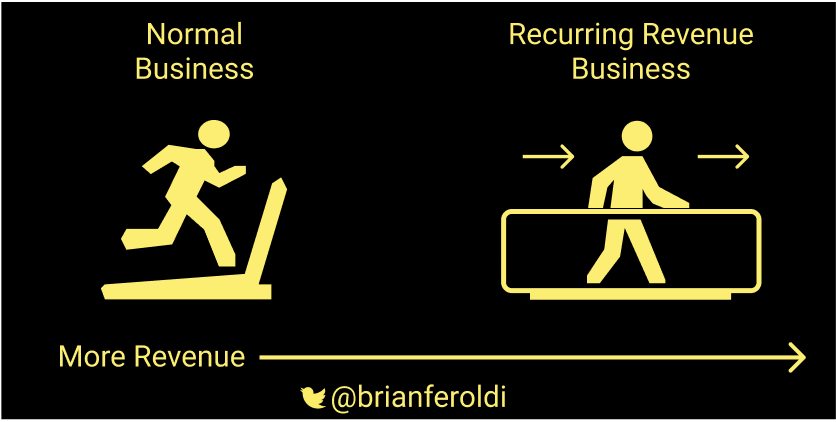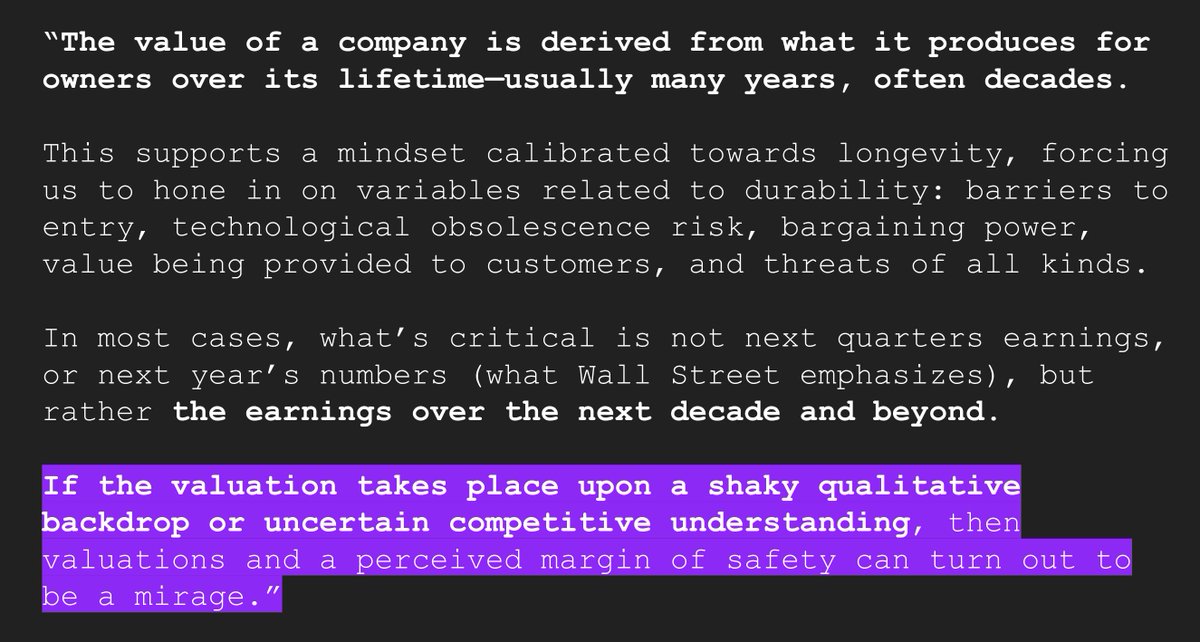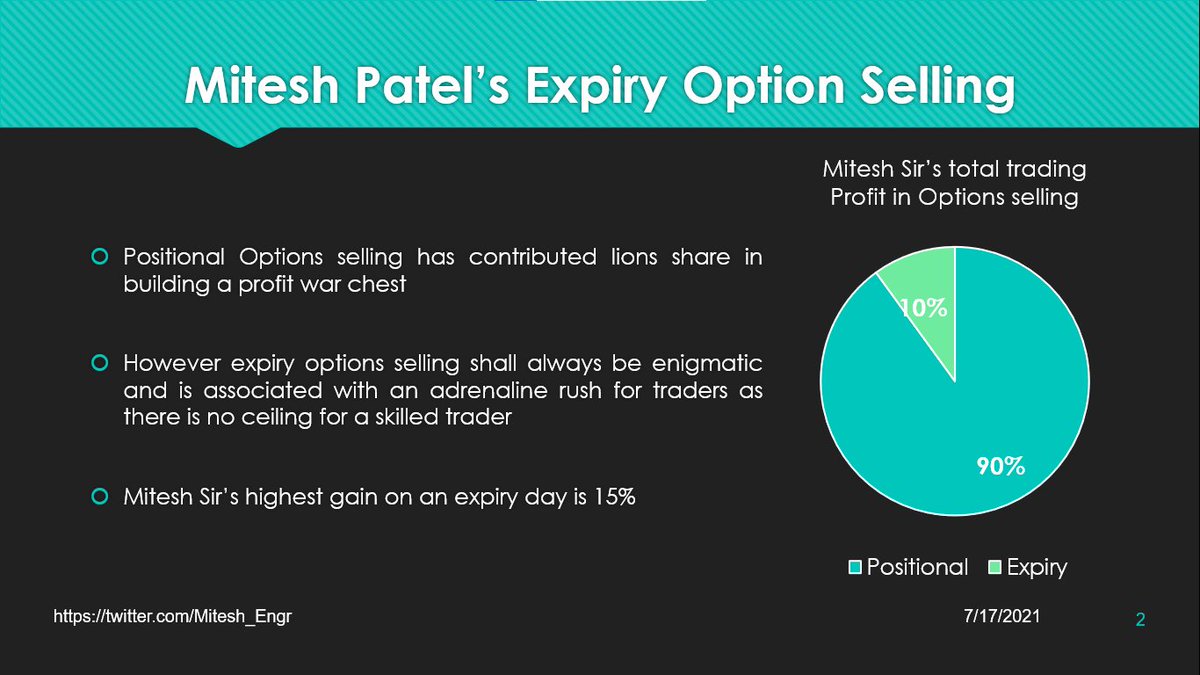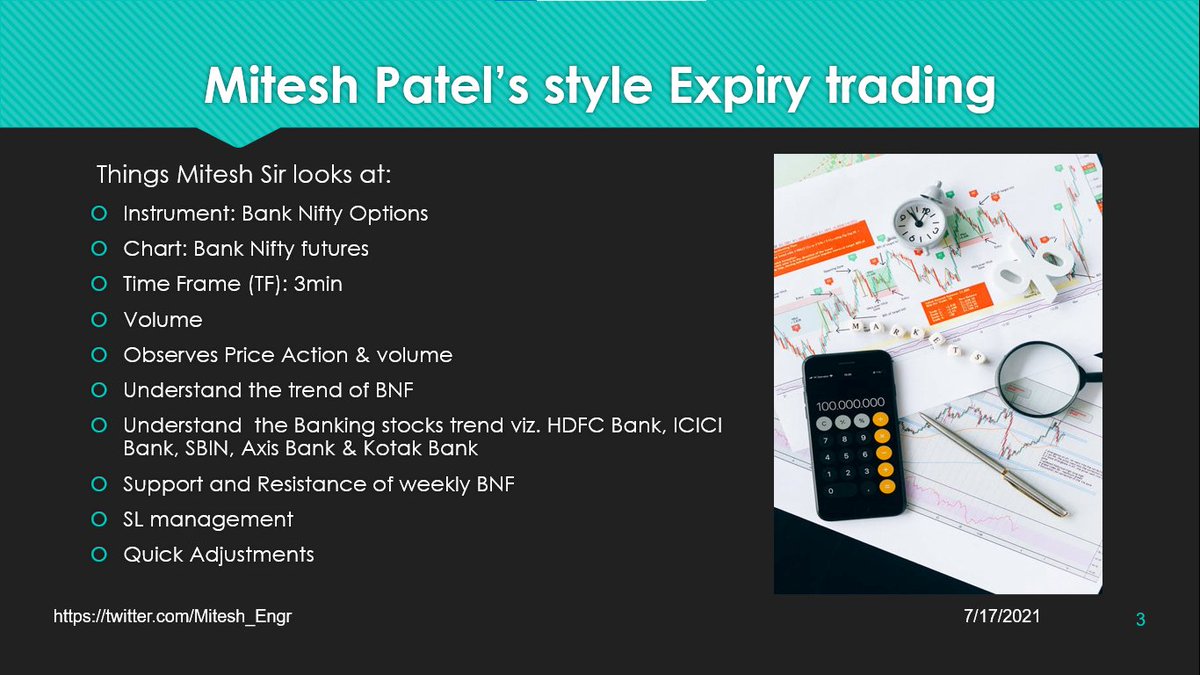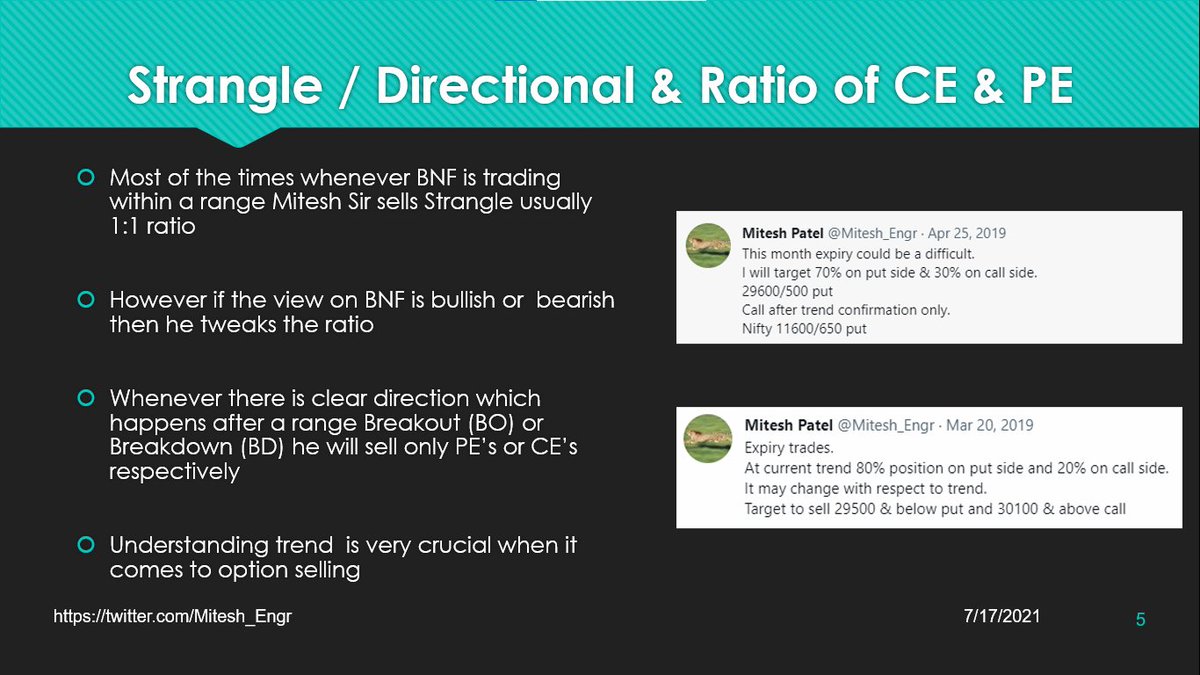More from Investment Books (Dhaval)
Thread Best books recommendation by one of best investor I knew @insharebazaar (Virtually)
He grab many multibagger stocks and His style also unique(1st Seen interview in @TraderHarneet's YT Channel)
He follow Simple process
Young Intelligent Investor who also appeared in ET
1. One Up On Wall Street
2. Rich Dad Poor Dad
Access here : https://t.co/UWOCF732z6
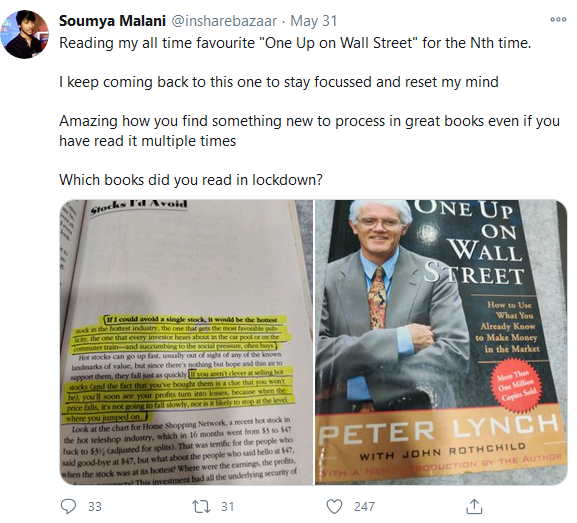
3. The Unusual Billionaires
4. Trading in the Zone
https://t.co/G7mqVPtEM0
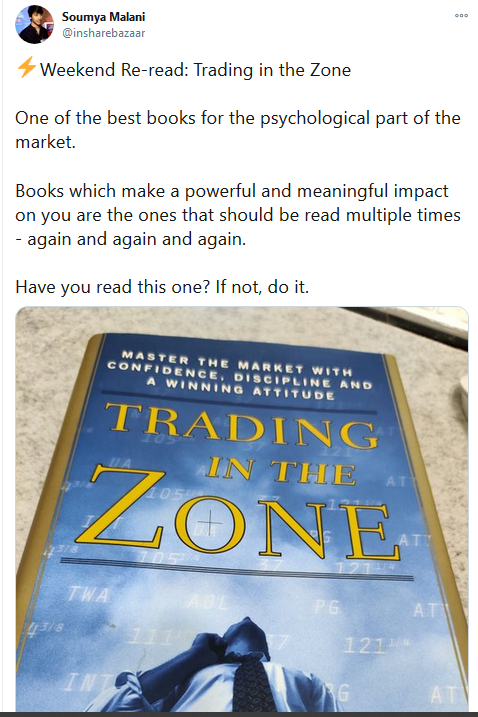
5. Market Wizards
6. The Intelligent Investor
https://t.co/yPKBzYyPAl
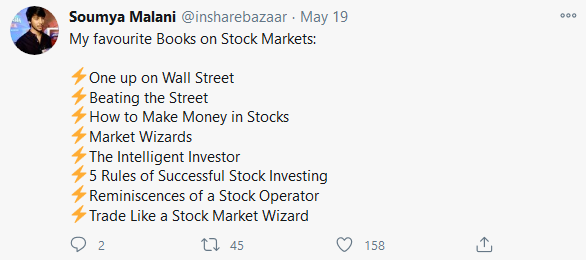
7. The Five Rules for Successful Stock Investing
8. Reminiscences of a Stock Operator
https://t.co/PiioB3hdHP
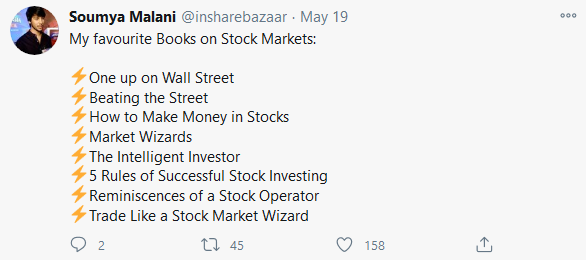
He grab many multibagger stocks and His style also unique(1st Seen interview in @TraderHarneet's YT Channel)
He follow Simple process
Young Intelligent Investor who also appeared in ET
1. One Up On Wall Street
2. Rich Dad Poor Dad
Access here : https://t.co/UWOCF732z6

3. The Unusual Billionaires
4. Trading in the Zone
https://t.co/G7mqVPtEM0

5. Market Wizards
6. The Intelligent Investor
https://t.co/yPKBzYyPAl

7. The Five Rules for Successful Stock Investing
8. Reminiscences of a Stock Operator
https://t.co/PiioB3hdHP

40 Investing Books Recommendations from 20 Legendary Investors
Including Warren Buffett, Charlie Munger, Joel Greenblatt, Mohnish Pabrai, Guy Spier, Li Lu.......
Worth More than $100 Billion!
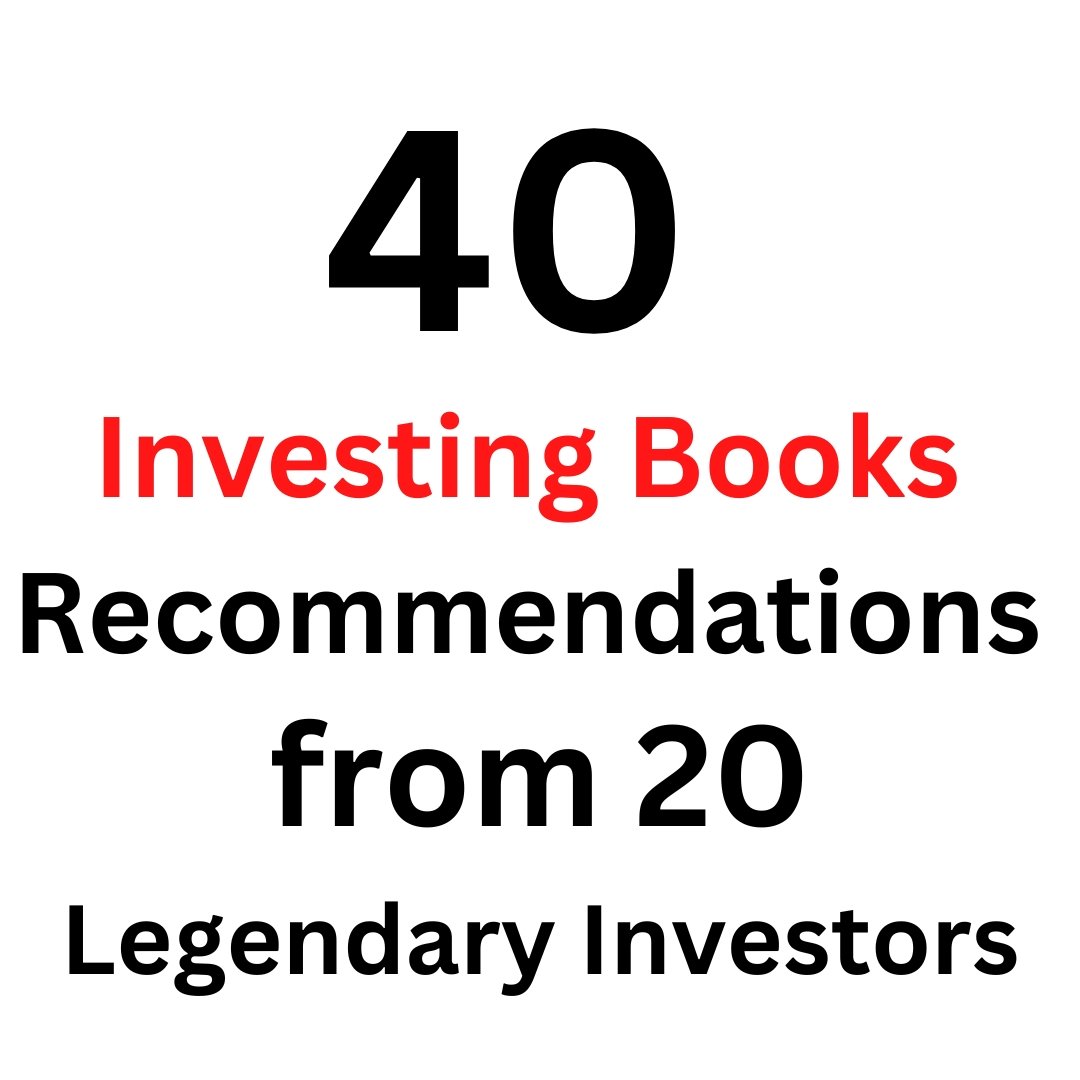
1. Warren Buffett
The Most Important Thing - https://t.co/9noBa9TIYk
The Outsider -
2. Charlie Munger
Influence: The Psychology of Persuasion - https://t.co/UnBFJ90J9o
The Warren Buffett Portfolio -
3. Mohnish Pabrai
100 Baggers - https://t.co/CrIt3kJlaF
A Gift to My Children: A Father’s Lessons for Life and Investing -
4. Chris Mayer
The Little Book That Beats the Market. - https://t.co/7NEKHgNCSD
100 to 1 in the Stock Market by Thomas Phelps -
Including Warren Buffett, Charlie Munger, Joel Greenblatt, Mohnish Pabrai, Guy Spier, Li Lu.......
Worth More than $100 Billion!

1. Warren Buffett
The Most Important Thing - https://t.co/9noBa9TIYk
The Outsider -
2. Charlie Munger
Influence: The Psychology of Persuasion - https://t.co/UnBFJ90J9o
The Warren Buffett Portfolio -
3. Mohnish Pabrai
100 Baggers - https://t.co/CrIt3kJlaF
A Gift to My Children: A Father’s Lessons for Life and Investing -
4. Chris Mayer
The Little Book That Beats the Market. - https://t.co/7NEKHgNCSD
100 to 1 in the Stock Market by Thomas Phelps -
More from Finance
You May Also Like
"I really want to break into Product Management"
make products.
"If only someone would tell me how I can get a startup to notice me."
Make Products.
"I guess it's impossible and I'll never break into the industry."
MAKE PRODUCTS.
Courtesy of @edbrisson's wonderful thread on breaking into comics – https://t.co/TgNblNSCBj – here is why the same applies to Product Management, too.
There is no better way of learning the craft of product, or proving your potential to employers, than just doing it.
You do not need anybody's permission. We don't have diplomas, nor doctorates. We can barely agree on a single standard of what a Product Manager is supposed to do.
But – there is at least one blindingly obvious industry consensus – a Product Manager makes Products.
And they don't need to be kept at the exact right temperature, given endless resource, or carefully protected in order to do this.
They find their own way.
make products.
"If only someone would tell me how I can get a startup to notice me."
Make Products.
"I guess it's impossible and I'll never break into the industry."
MAKE PRODUCTS.
Courtesy of @edbrisson's wonderful thread on breaking into comics – https://t.co/TgNblNSCBj – here is why the same applies to Product Management, too.
"I really want to break into comics"
— Ed Brisson (@edbrisson) December 4, 2018
make comics.
"If only someone would tell me how I can get an editor to notice me."
Make Comics.
"I guess it's impossible and I'll never break into the industry."
MAKE COMICS.
There is no better way of learning the craft of product, or proving your potential to employers, than just doing it.
You do not need anybody's permission. We don't have diplomas, nor doctorates. We can barely agree on a single standard of what a Product Manager is supposed to do.
But – there is at least one blindingly obvious industry consensus – a Product Manager makes Products.
And they don't need to be kept at the exact right temperature, given endless resource, or carefully protected in order to do this.
They find their own way.











